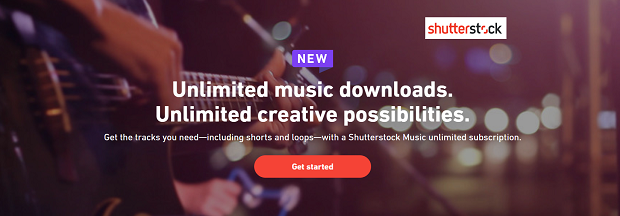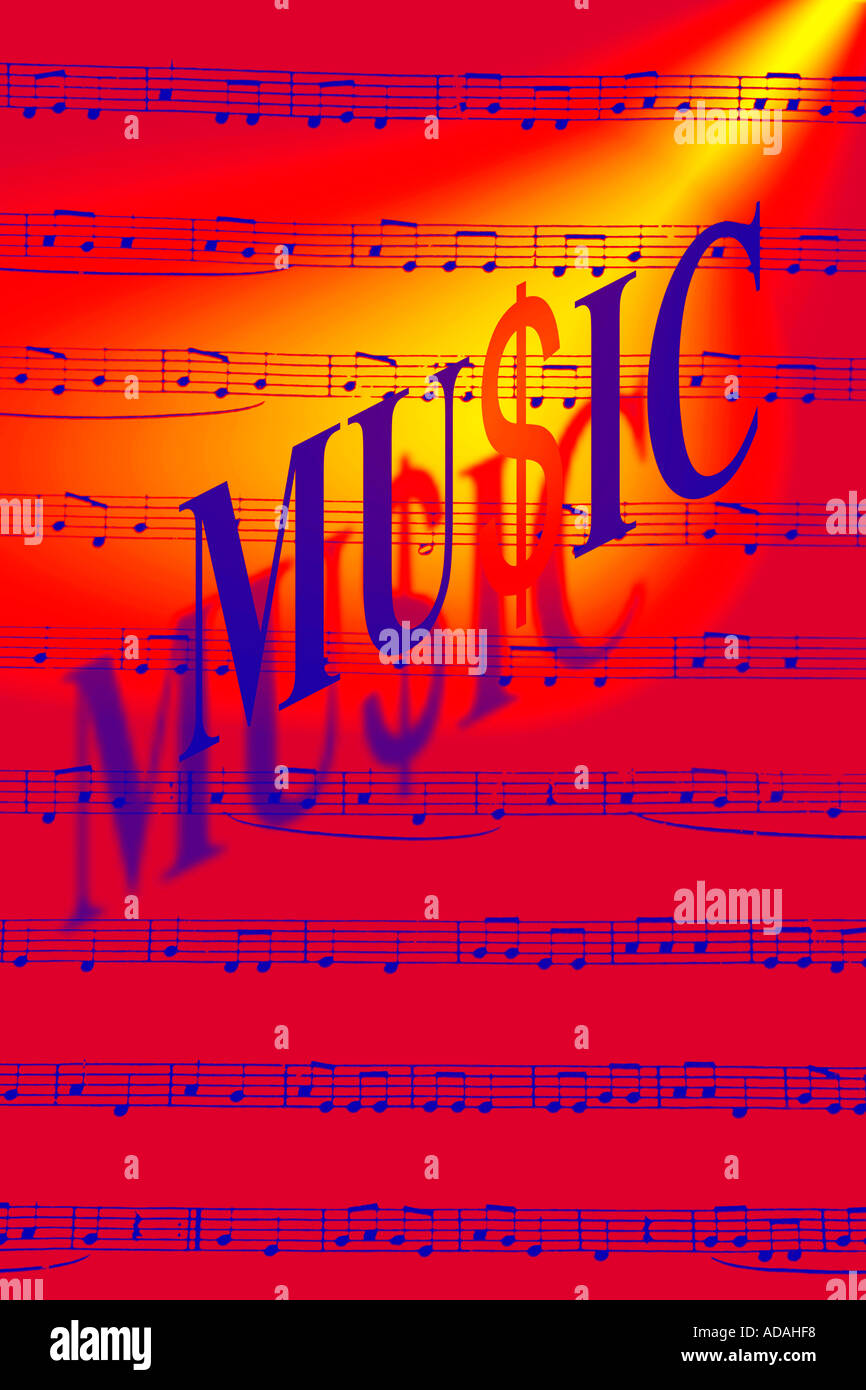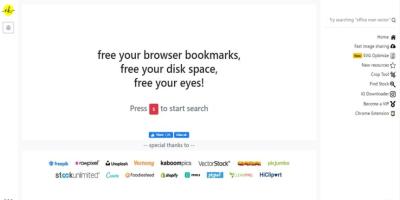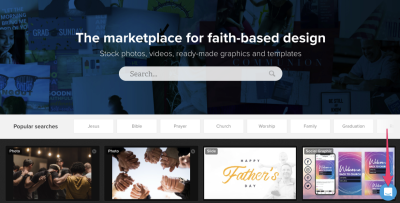Are you a composer looking to get your music out into the world and earn some income along the way? Shutterstock Music is an exciting platform that connects talented creators like you with a global audience seeking high-quality music for videos, ads, apps, and more. It’s a fantastic opportunity to showcase your work, build your portfolio, and generate revenue without the hassle of managing licensing or distribution on your own. In this post, we’ll explore how Shutterstock Music works for composers, how they pay for licensing, and how you can get started on this vibrant platform!
How Shutterstock Pays Composers for Music Licensing

When it comes to getting paid, Shutterstock Music makes the process straightforward and transparent. As a composer, you upload your tracks, set your preferences, and then sit back as your music gets licensed by buyers around the world. Here’s a breakdown of how the payment system works:
- Licensing Revenue: Each time someone purchases a license for your music, you earn a royalty. The amount you get depends on the type of license sold and your contributor agreement.
- Pricing Tiers: Shutterstock offers different licensing options—Standard and Extended licenses. Standard licenses are more common and cost less, while Extended licenses are used for larger projects and generate higher royalties for you.
- Royalty Rates: Typically, composers earn a percentage of the license price. Shutterstock offers a tiered royalty structure, meaning the more your music is licensed, the higher your payout rate can become. Usually, royalties range from around 15% to 30% of the license fee, depending on your contributor status and the license type.
- Payment Schedule: Payments are made monthly, provided your earnings reach a minimum threshold (often $35). Once you hit this threshold, your earnings are processed via PayPal or Payoneer, making it easy to get your money.
- Tracking and Reports: Shutterstock provides detailed reports so you can see how often your tracks are licensed, how much you’re earning, and which pieces are performing best. This transparency helps you identify what works and plan your future compositions accordingly.
Overall, Shutterstock’s royalty system is designed to be fair and rewarding, encouraging composers to upload more music and grow their income over time. Whether you’re just starting out or already have a sizable catalog, understanding these payment details can help you optimize your earnings and make the most of this platform’s potential.
Factors Influencing Composer Earnings on Shutterstock

When it comes to earning money from your music on Shutterstock, there are several factors that play a big role in how much you can make. Understanding these can help you strategize better and optimize your efforts. Let’s break down some of the main elements that influence your earnings as a composer:
- Type of License Sold: Shutterstock offers different licensing options—standard and enhanced. Standard licenses are more affordable for buyers, but they also generate lower royalties for you. Enhanced licenses, on the other hand, are pricier and typically result in higher payouts. So, the more your music is purchased under enhanced licenses, the more you earn.
- Track Popularity and Quality: Just like any content platform, popular and high-quality tracks tend to sell more. Unique, catchy, or versatile compositions that suit a variety of projects are more likely to be purchased repeatedly. Keeping your music fresh and aligned with trending styles can boost sales.
- Number of Uploads and Portfolio Size: The more tracks you upload, the higher your chances of making sales. However, quality should always come first. A well-curated, diverse portfolio appeals to a wider audience and increases overall earnings.
- Frequency of Uploads: Regularly updating your portfolio keeps your profile active and visible to buyers. Consistent uploads can also lead to more sales over time, especially as your music becomes part of various projects.
- Usage Rights and Licensing Terms: Some licenses may restrict how often or in what contexts your music can be used, affecting earning potential. Understanding Shutterstock’s licensing structure helps you set realistic expectations and optimize your revenue streams.
- Market Demand and Trends: Certain genres or styles may be more in demand at different times. Staying updated with industry trends and tailoring your compositions accordingly can significantly influence your sales volume.
- Promotion and Visibility: While Shutterstock handles much of the distribution, promoting your profile and engaging with the community can increase your tracks’ visibility. The more exposure your music gets, the higher the likelihood of sales.
In essence, your earnings are a mix of your creative output, strategic choices, and understanding the platform’s mechanics. By paying attention to these factors, you can better position yourself to maximize your income from Shutterstock.
Tips to Maximize Your Music Revenue on Shutterstock

If you’re serious about making the most out of your music on Shutterstock, a few strategic tips can go a long way. Here’s what you can do to boost your earnings and get your compositions into more projects:
- Create High-Quality, Versatile Tracks: Focus on producing professional, polished music that can fit a variety of uses. Tracks that are adaptable—think background music, corporate, or cinematic—are more likely to be purchased repeatedly.
- Research Market Trends: Stay updated on what styles and genres are trending. Listen to popular tracks on Shutterstock and other stock music platforms to understand what buyers are seeking.
- Optimize Your Metadata: Use clear, descriptive titles and tags. Accurate metadata helps your music show up in search results, increasing the chance of sales.
- Upload Regularly: Keep your portfolio fresh by adding new tracks consistently. This not only improves your visibility but also signals to Shutterstock that you’re an active contributor.
- Focus on Licensing Options: Consider creating tracks that are eligible for enhanced licensing, as these tend to generate higher royalties. Think about the potential uses of your music and price accordingly.
- Engage with the Community: Participate in forums or groups related to stock music. Sharing tips and insights can help you learn from others and discover new opportunities.
- Promote Your Portfolio: While Shutterstock does a lot of the heavy lifting, sharing your tracks on social media or your personal website can attract more buyers and increase sales.
- Analyze Your Performance: Regularly review your sales data. Identify which tracks perform best and consider creating similar styles or expanding on those themes.
- Stay Consistent and Patient: Building a steady income takes time. Keep uploading, refining your music, and engaging with the platform. Persistence pays off!
Remember, maximizing your revenue on Shutterstock isn’t just about creating great music—it’s also about smart strategies, ongoing learning, and consistent effort. By applying these tips, you’ll be well on your way to turning your musical talents into a reliable income stream on the platform.
Conclusion and Final Thoughts on Earning as a Music Composer on Shutterstock
Embarking on a journey as a music composer on Shutterstock offers a promising opportunity to monetize your creativity and reach a global audience. Throughout this platform, you can earn passive income by licensing your compositions to various media projects, including videos, advertisements, and presentations. It’s essential to understand the payment structure, which primarily involves earning royalties based on downloads and license types. By maintaining high-quality, original music that aligns with market demands, you increase your chances of securing more licenses and boosting your earnings.
Key factors to maximize your earning potential include:
- Consistently uploading new music to increase your portfolio and visibility.
- Optimizing metadata with relevant keywords to improve searchability.
- Monitoring trends to create compositions that meet current market needs.
- Engaging with the community to gain insights and feedback that can refine your work.
While competition can be fierce, persistence and strategic content creation can significantly improve your income over time. Remember, building a reputable catalog takes effort, but with dedication, Shutterstock can become a reliable source of revenue for talented composers.
In conclusion, understanding the nuances of Shutterstock’s payment system and continuously honing your craft are vital steps toward establishing a successful career as a music composer on the platform. Stay committed, adapt to market trends, and keep creating—your efforts can lead to sustainable income and professional growth.


